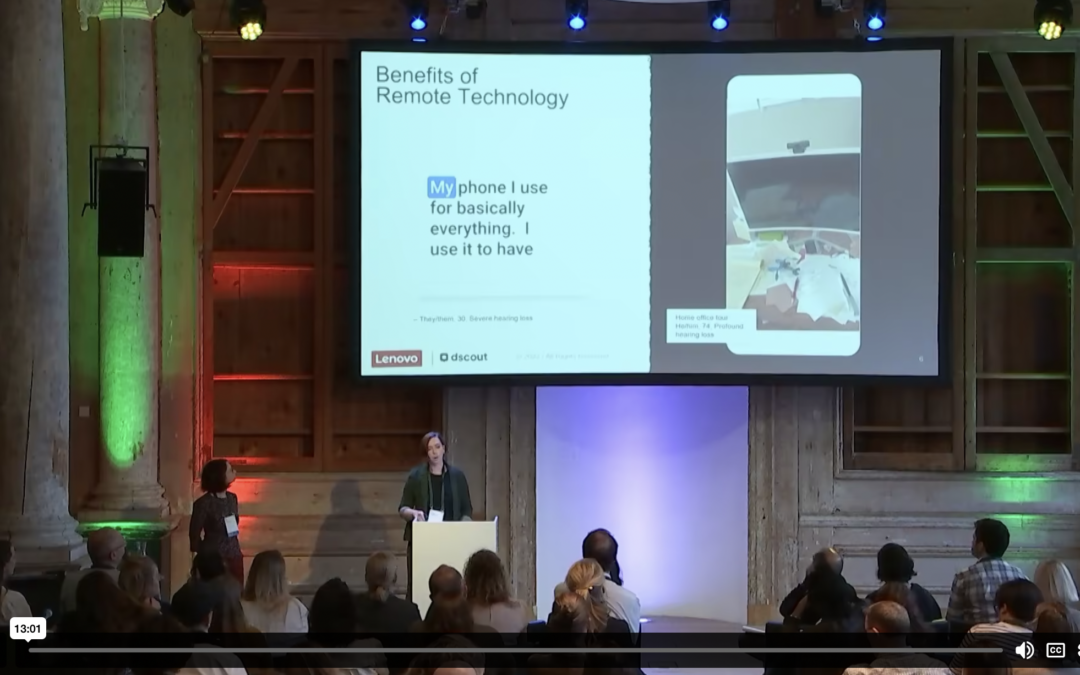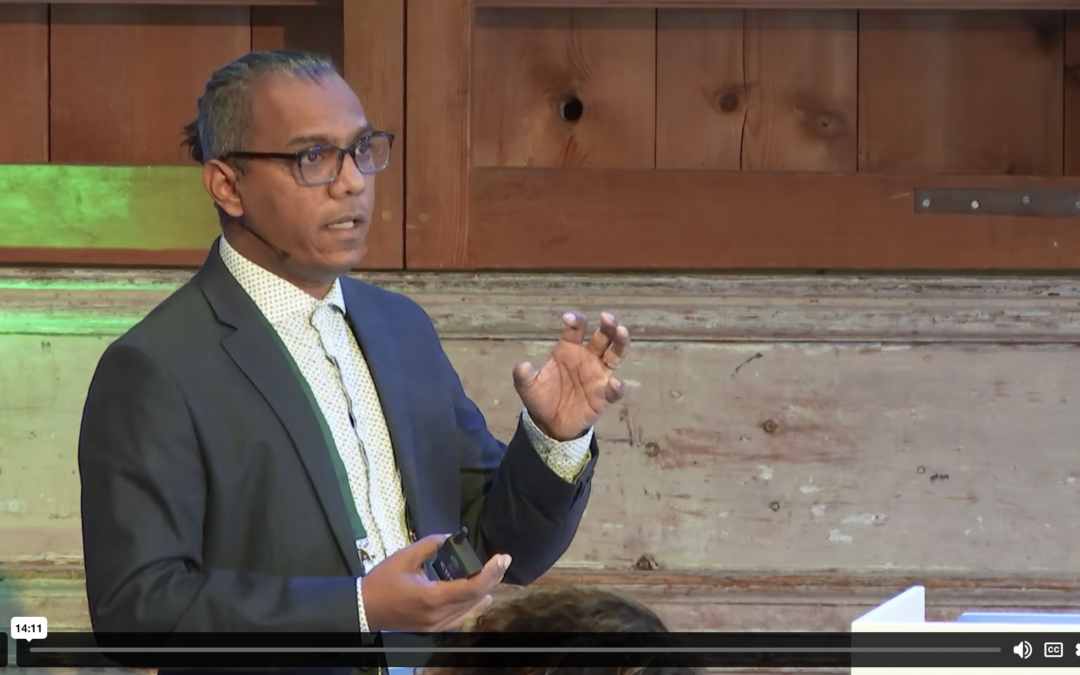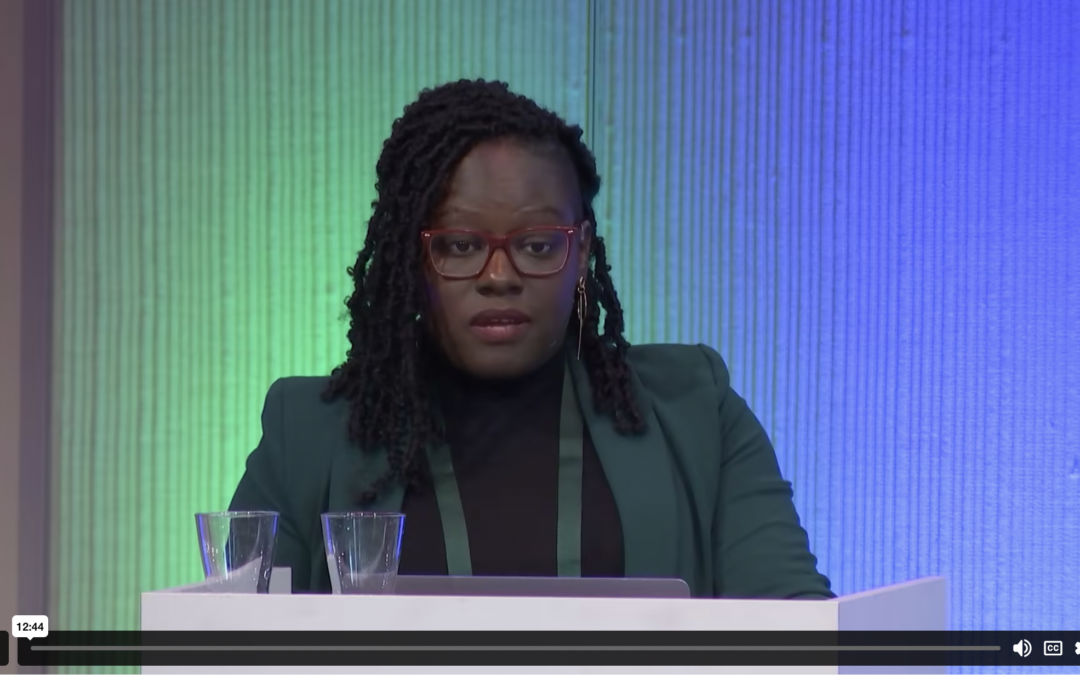This case study by a pan-African UX research and design agency offers key insights for companies attempting to...


This case study by a pan-African UX research and design agency offers key insights for companies attempting to...

This case study examines how researchers at Lenovo and dscout partnered to conduct a mobile ethnographic study on the technology experiences of individuals who are d/Deaf and hard of hearing, with the goal of...

Equality, inclusion, and representation are increasingly acknowledged as core tenets of prosperous countries, cities, and organizations. We know that equality is essential, and we also know equality must be enacted on all fronts. Brands and other social organizations are increasingly recognizing...

The ethos and methods of participatory research have been widely embraced as a powerful approach to address systemic inequity in the design of technology. While there have been many gains and developments that...

Corporate leaders issued countless statements decrying racism and investing in diversity, equity, and inclusion (DEI) efforts in 2020. As a result of the pandemic and the ongoing racial reckoning that year, the...